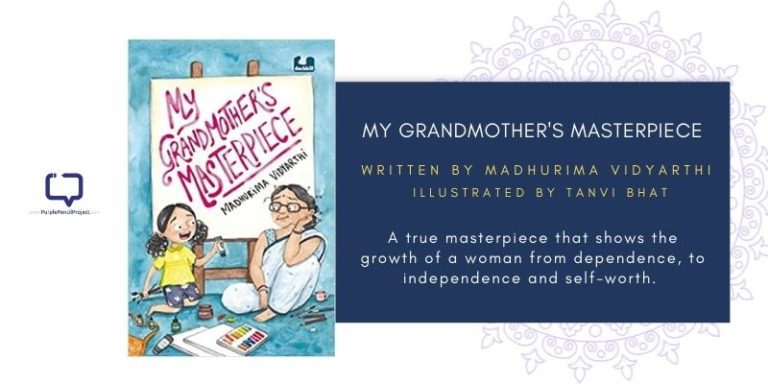Rhea Gangavkar reviews Shival Gupta’s The Violines that Play at Kiff House (Published by Write Order, 2023)
‘The Haunted House’ is a successful horror trope that has been experimented with for years by combining different genres along with the horror genre. What makes it such a classic trope to be experimented with? Easy. It’s predictable but unpredictable and a classic twist to ‘the moment of realization’—when the people in the house figure out that it’s a haunted house.
The Violins that Play at Kiff House by Shival Gupta is another book in the haunted house genre that follows Mahira, an IAS officer, and her family—her docile husband Sharman, and her bookworm son Ayush—as they move to Meeran, a small village in the Bangalore district.
We encourage you to buy books from a local bookstore. If that is not possible, please use the links on the page and support us. Thank you.
Mahira’s staff quarters are the confines of the Kiff House. It’s infamous for the stories that surround it—missing children, strange sounds in the house, a Stradivarius that echoes shadowy music, and the innumerable sounds from the walls of the house. What will they do to protect their family and deal with the house’s mysteries and sinister forces lurking in the shadows?
Shival Gupta’s Writing
When I started reading the book, I was expecting a straight throw-in into the horrors of the house. It opens with a description of what madness was and how it would ‘transcend mortality’. However, I thought that the opening was stunted and repetitive—the madness bit could have been emphasized rather than reiterated. The book then sets up the place of Meeran—with its ruins and ghostly exteriors, and the desolate and empty town where nobody lives.
The world-building done by Shival Gupta here is fairly decent and was successful enough to pull me in through its elaborate descriptions of the old house built by a mad architect called Reginald Kiff. The architect is entrenched within the walls of the obsession and soon Mahira’s obsession with transforming Meeran starts to mirror his, which was fairly predictable and could have been done in a better way.
Love Horror? Check out Spook and supernatural: 10 horror books you simply cannot miss
An interesting element of the book is the relationship between Mahira and her husband, Sharman. The former is shown to be a domineering presence, someone who keeps her husband under her thumb and is abusive—both mentally and physically—to him.
The singular reason for my interest in this element is that we do not see this dynamic between a heterosexual couple in Indian fiction, especially in Indian horror fiction. However, this relationship had the potential to reflect in the grim unfolding of the horrors in the house, which it slightly falls short of. Their dynamic with their son Ayush is fleshed out well, with the trope of the parents reconciling their differences to save their kid.
The build-up to the first ghostly encounter in the house is decently scary, with aural, visual, and olfactory cues that build up the atmosphere. However, I would think that this encounter is brought on too early in the book; it would have benefited the plot and the characters to stretch their implied feeling of dread and build it in their head instead of building it up in the physical atmosphere.
I think that the overarching plot was good and engaging enough to pull a reader in, albeit, it wasn’t without its gaps. For example, the legend of Reginald Kiff and how he gains his strength to haunt the house and keep everyone around it in his power.

What did not work
It does not make sense how the root of this legend takes hold, how does it get established that small children are the fodder this ghost needs to keep going? Another question I had was the loophole regarding the physical object in which the power of the ghosts was trapped. That entire subplot got a little haywire and I was left with more questions than ‘ah-ha’ moments.
Overall, I think that this was a brave attempt at horror. The horror genre in India is still underdeveloped, especially in the English language, and it’s heartening to see the craft being continuously worked upon by new and upcoming writers.
I think that this book by Shival Gupta had a lot of potential, especially to do with its protagonist’s development and the scattered subplots it tries to weave into the main plot. However, as someone who consumes horror like nobody’s business, I enjoyed diving into a horror read that I finished in a day—it made me realize how hungry I was for horror!
Favourite Quote by Shival Gupta
“Kiff House towered over the village like a great architect’s fever dream.”
Have you read this charming and amusing debut novel of a simple life in a small hill town? What do you think of it? Drop a comment below and let us know!





















